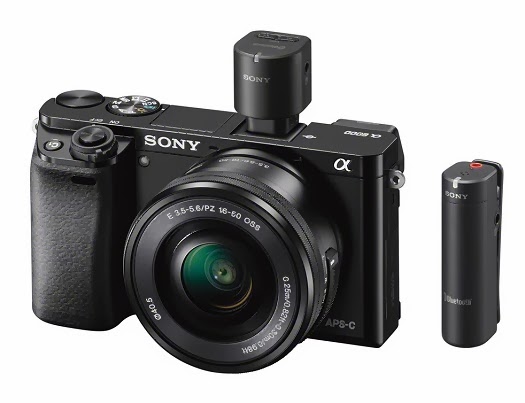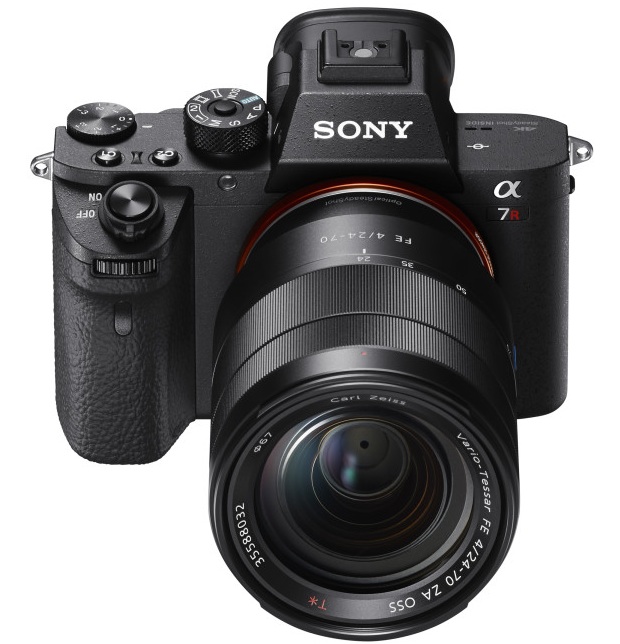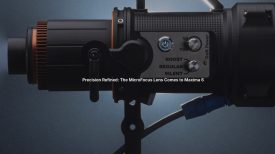By site editor Dan Chung:

One of my favourite cameras for multi-media shooters and students looking to get into large sensor video just got a whole lot better. The www.sonyalpharumors.com website earlier broke the news that the inexpensive Sony a6000 new firmware version 2.0 adds XAVC-S 50p/25p (PAL mode) and 60p/30p/24p (NTSC mode) internal recording options to the existing AVCHD codec. The more modern format should give a better video image that is higher in data rate and far less compressed than before. Almost all of Sony’s mid-priced compact system cameras and superzooms now have the XAVC-S record option and this update brings the a6000 into line with its siblings – the A5100 and the RX10 superzoom.
The a6000 was already one of the most proficient mid-priced APS-C sensor size stills cameras on the market. It has fast autofocus, burst rate and a large 24.3 megapixel sensor. On the video side it benefits from a built-in EVF and the ability to add Sony’s external wired and wireless microphones and other accessories via its multi-interface shoe (although manual control of audio level isn’t given using the own brand audio accessories). At the price it has very little competition and perhaps the nearest rivals are Panasonic’s G6, or secondhand Panasonic GH2s and GH3s.
Youtube user Labo house has already posted some a6000 XAVC-S test footage online which shows that the camera is now more than good enough for web use at least. You can download the update here.
The form factor and ease of use has already made the a6000 popular with some video journalists and it is amazing to see what a relatively cheap and uncomplicated camera can do in the right hands. The piece below was shot on the a6000 in North Korea by Guardian journalist Tania Branigan using the older AVCHD codec:
The second piece of Sony news today concerns the new a7R II. As we previously reported, the camera is touted as having the ability to record 4K video internally without pixel binning. This should mean that aliasing and moire artefacts are reduced, if not eliminated. What we didn’t know until now is how the camera handles 4K full-frame recording. German website slashcam.de has posted info from a Sony presentation that indicates the camera still uses a pixel binning method to reduce the sensor output to create its 4K full frame video image. This means that the a7S is still the only camera in the range that can do full-frame 4K without pixel binning (albeit to an external recorder).

It is worth remembering that pixel binning in itself does not mean that the images will be terrible. Different manufacturers implement it in different ways and this has given the method of data reduction a bad name. We wait to see how Sony have done this time on the a7R II.
Update: Website Imaging resource has published a fascinating and detailed interview with Mr. Kimio Maki, Senior General Manager, Digital Imaging Business Group, Sony Corporation. He explains why the megapixel count of the a7R II was directly driven by the desire to create great 4K video in S35 mode. Maki-san told Imaging Resource “So how many pixels is the best pixel size? Let’s calculate it! That was the process. From that, the conclusion was that 42-megapixel was the best pixel size to realize 4K movies…”
The maths is a little complex but Imaging Resource do a good job of explaining it.
In the interview they also discuss the steps Sony have taken to reduce rolling shutter on the sensor – the one feature that isn’t so great about the current a7S.





